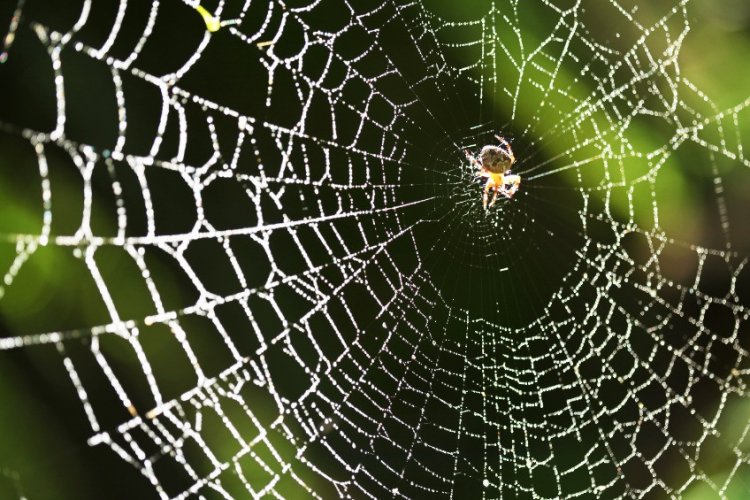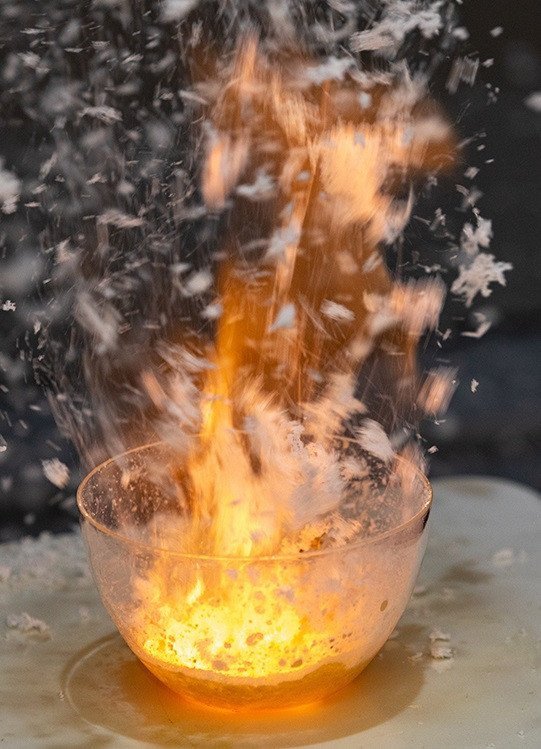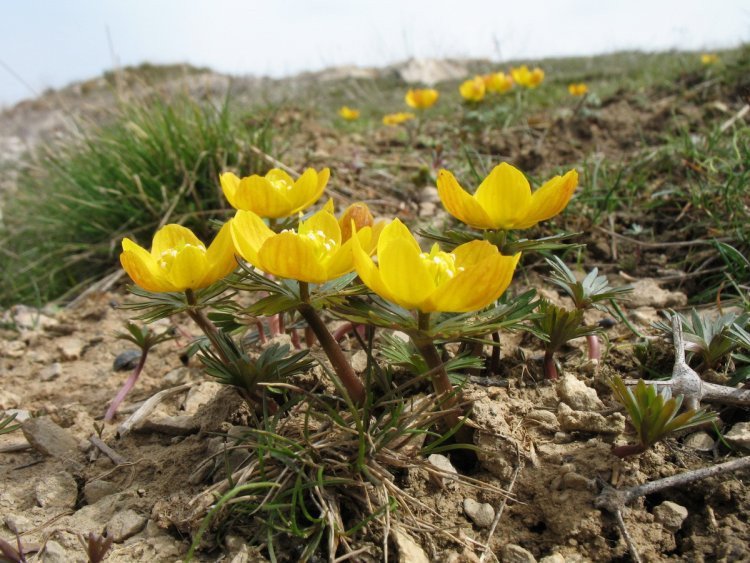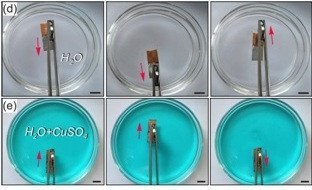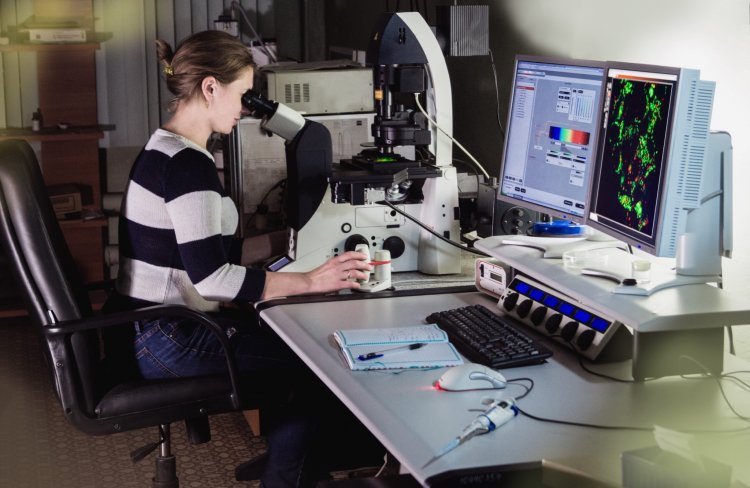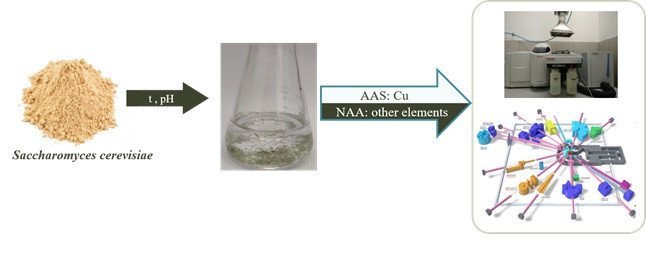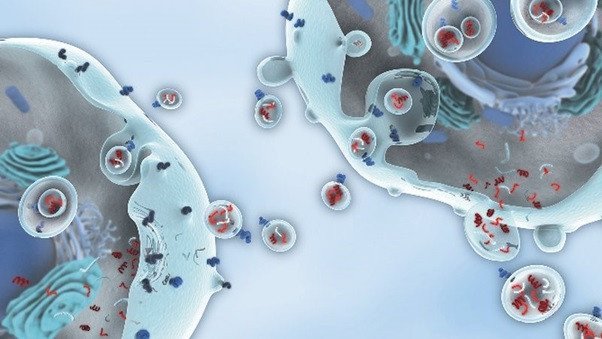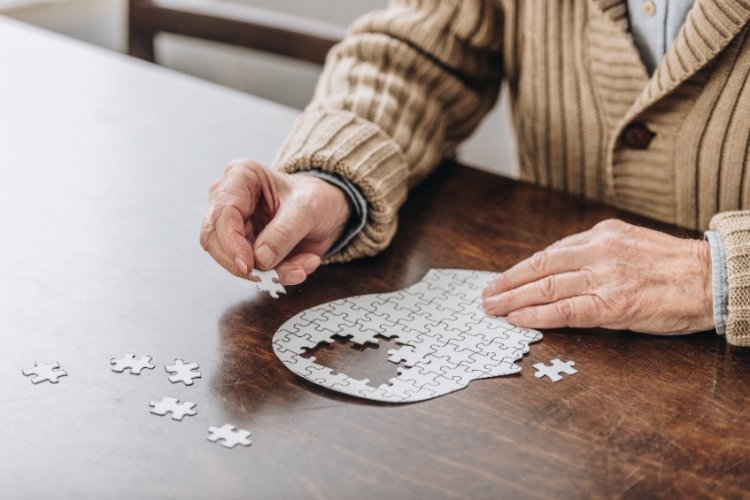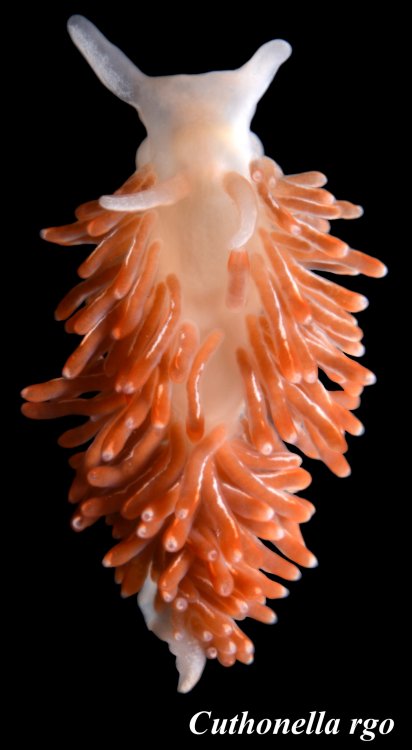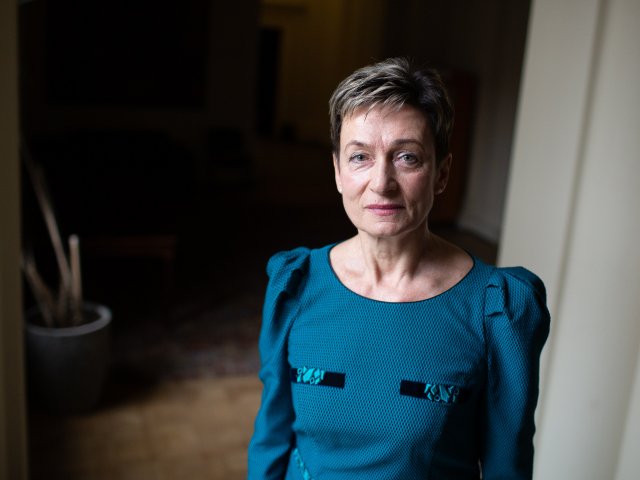Biology, chemistry, and medicine have been and remain the most important domains of science. Cutting-edge research studies help us find out a lot about the world around us. Doctors get an opportunity to treat patients better, while medicines become safer for patients. Chemists create new corrosion-resistant materials and compounds for the oil refining industry. We have published a lot of articles about Russian scientists’ achievements in the past year. It was quite difficult for us to choose three events. Therefore, our traditional publication about the year in review will tell you about ten scientific events in biology, chemistry and medicine that we memorized in 2022.
Effective Antibiotic Made of Human Blood
The use of antibiotics (only if they are prescribed by the doctor, of course) help patients quickly and effectively fight infections and recover from surgeries. However, their uncontrolled and widespread use, and sometimes even prescription, make bacteria more resistant to them. Simply stated, antibiotics do not have an effect on harmful microorganisms, but have a negative impact on human health.
Scientists from Perm National Research Polytechnic University have obtained a protein-peptide substance with an increased antibacterial and antiviral effect. It was first synthesized based on human leukocytes using a unique technology.
Intermediate product of the leukocyte protein-peptide complex
As new classes of antibiotics emerge, microorganisms master their resistance mechanisms. The developers of this substance aim for solving this problem with the use of antimicrobial peptides that are found in human and animal neutrophils and belong to the innate immune system protecting us from infections. The future antibiotic has already undergone preclinical studies, which means that we may expect the emergence of new broad-spectrum medicines that do not cause resistance in bacteria in the coming years.
“Artificial Web” to Heal Wounds
Scientists from Kurchatov Institute together with researchers from Lomonosov Moscow State University, V. I. Shumakov Federal Research Center of Transplantology and Artificial Organs, Institute of Molecular Biology of the Russian Academy of Sciences, Federal Research Clinical Center of the Federal Medical-Biological Agency have developed a material made of an “artificial web” to heal wounds.
It is interesting to note that it is created not by spiders, but by genetically engineered yeast fungi. Scientists transplanted synthesized and edited genes into yeast. These genes produce protein analogs that spiders use to create a dragline – the strongest component of the web.
Web
As the study says, the “artificial web” regenerates tissues by stimulating stem cells that speed up recovery and also prevents scarring.
Transparent and Extra-Strong Material for Russian Space Industry
Chemists from Lobachevsky State University of Nizhny Novgorod have developed a unique material. The transparency in the infrared band and the high strength of the magnesium and yttrium oxide composites (MgO-Y2O3) reveal new opportunities for the production of aircraft and spacecraft operating under intense thermal and mechanical loads.
Material testing
Dmitry Alekseevich Permin, the author of this study, says that the scientists for the first time used microwave sintering to create composite ceramics being transparent in the infrared band. The technology ensures ultra-fast heating at a rate of over 100ºC per minute, while the absence of heating elements helps get pure materials and vary the sintering atmosphere.
One Flower ― Many Medicines
Russian scientists, together with their Chinese colleague, have studied the biologically active substances of Eranthis longistipitata, a little-explored plant growing in Central Asia. Its leaves contain coumarins and furochromones, i.e., compounds that have antioxidant, antitumor, and other health-giving effects that might become a basis for various medicines in the future.
For the first time, the scientists studied the composition of active substances derived from the leaves of Eranthis longistipitata picked up in Kyrgyzstan. This representative of Ranunculaceae grows in a limited area in Central Asia and, like other plants belonging to the genus Eranthis, had been scarcely studied before that.
Eranthis longistipitata
The specialists derived over 160 compounds from the leaves of Eranthis longistipitata. The researchers found 19 different flavonoids among these biologically active substances. Compounds belonging to this class are used to prevent cardiovascular diseases and form the basis of venous insufficiency medicines.
Chemical Magnet for Future Nanomotors
Scientists from P. N. Lebedev Physical Institute of the Russian Academy of Sciences have created a new type of magnetic material — a chemical magnet with magnetic properties that change if a reduction-oxidation reaction occurs in it. This will help create new nano- and micromotors for applied tasks, such as targeted delivery of medicines using nanorobots.
The study participants say that experiments with a bimetallic plate floating on the electrolyte surface show that if a chemical reaction occurs in such a system, then this “floater” acts as a magnet.
Magnet testing
In recent years, the scientists have been actively exploring methods to develop nano- and microrobots that will later be able to move in liquids, and namely – inside cells and in blood vessels. Such robots can have various shapes and be driven both by external energy sources and using fuel extracted from the environment.
As it has turned out, one can control the magnetic properties of the chemical magnet created at Lebedev Physical Institute by changing the concentration of copper sulfate in the solution and by varying the temperature. The impact of both factors is due to their effect on the chemical reaction rate that, in its turn, determines the current flowing through the floating robot.
The scientists believe that, in the future, such chemical magnets might be used to produce micro- and nanomotors that will move along the blood vessels under the magnetic field impact and deliver medicines to the right place, as well as solve other applied tasks.
New Compounds Found to Protect Neurons from Death in Case of Parkinson’s Disease
Scientists from the Institute of Cell Biophysics of the Russian Academy of Sciences of the Pushchino Scientific Center for Biological Research of the Russian Academy of Sciences have demonstrated the efficacy of natural metabolites ― lactate and pyruvate ― in correcting pathological changes in mitochondria in a cellular model of Parkinson’s disease.
Parkinson’s disease is one of the ten serious socially significant disorders. The fight against it is meant to improve the life quality and expectancy of senior people. Although the first evidence of this disease clinical manifestations dates back to the 12th century B.C. and is described in the Egyptian pharaohs, its pathogenesis and molecular mechanisms leading to neurological disorders are still not understood well enough.
The scientists managed to show that the death of neutrons may be due to malfunctioning mitophagy — a mechanism that cleans cells from damaged mitochondria, i.e., sources of reactive oxygen species and toxic metabolites. Being focused on their earlier findings, the researchers tested some compounds that reduce cell damage by activating mitophagy. These substances turned out to be our natural metabolites formed in cells during energy metabolism — lactate (lactic acid) and pyruvate (pyruvic acid).
Evgeniya Igorevna Fedotova, junior researcher at the Laboratory of Intracellular Signaling of the Institute of Cell Biophysics, Russian Academy of Sciences, analyzes an in vivo image of a cell culture
Of course, it is premature to talk about the clinical application of these results. Now the scientists are trying to ensure a targeted action on damaged neurons without affecting the metabolism of healthy cells.
Brewery Yeast Against Heavy Metals
Scientists from the Laboratory of Neutron Physics (LNP) of the Joint Institute for Nuclear Research (JINR) in Dubna have found out that common brewery yeast can act as an effective sorbent for cleaning waste water from hazardous heavy metal contamination. The study showed that this cleaning method was also cost-effective and environmentally friendly.
Heavy metals remain one of the most dangerous environmental pollutants due to their high toxicity and ability to accumulate in the food chain. The main environmental pathway for heavy metals is the disposal of untreated or poorly treated industrial effluents into natural waters. When industrial effluents get into the environment, they have a powerful man-induced impact on water and soil ecosystems causing disturbances in the natural biogeocenosis development.
The employees of the Department of Neutron Activation Analysis and Applied Research of LNP JINR gained considerable experience with research in environmental chemistry. They tested various biological and composite sorbents, such as yeast, bacteria, cyanobacteria, for purifying waste water from heavy metals, including zinc, nickel, chromium, strontium, etc.
Experiment design
Based on the study findings, the cells of Saccharomyces cerevisiae (brewer’s yeast) were recognized as one of the most effective sorbents. These microorganisms are used to manufacture numerous food products and beverages and, consequently, they are available in large quantities and at a low price as fermentation by-products. One of its benefits is that brewer’s yeast is safe for humans. Besides, it is characterized by a high storage capacity for metal ions.
New Technology for Fast and Effective Tumor Marker Diagnostics
Biophysicists from Moscow Institute of Physics and Technology (MIPT) and Skoltech together with their colleagues have developed a new technology for isolating extracellular vesicles from biological fluids. Studying vesicles is necessary to ensure the diagnostics and treatment of various diseases, including cancer. The proposed technology surpasses the currently known methods in its purity and quantity of released particles. It is simple, fast, inexpensive and requires only standard laboratory equipment.
The cells of our body “communicate” with each other through the bloodstream, into which they release specific signaling molecules. To deliver these molecules to their addressee, they are enclosed in special extracellular vesicles, i.e., small nano-sized bubbles. Simply stated, vesicles act as a delivery system. The contents of vesicles released by healthy and diseased cells are different, and diagnostics is based on this fact. Vesicles secreted by unhealthy cells contain a number of different biological molecules, i.e., disease biomarkers. Apart from diagnostics, studying these biomarkers also helps monitor treatment by analyzing the evolution of changes in the number of vesicles containing selected markers.
Vesicles
However, the scientists encountered a problem associated with the very small size of these vesicles. Besides, biological fluids contain a huge number of different molecules. The research team developed a filtration device, special membrane composition, membrane design, and procedure sequence. The technology made it possible to isolate vesicles simply, efficiently, and with high purity, which is very important for diagnostics as well as for research activities meant to study extracellular vesicles. The device is made entirely of Russian components, and its cost is minimum. All scientific and medical research studies involving extracellular vesicles are in sore need of such simple, fast, and effective methods.
New Compound to Help Recover Even One Day After a Stroke
Russian scientists have determined that specific derivatives of N-heterocycles, i.e., rings consisting of carbon and nitrogen atoms with additional chemical groups, help reduce inflammation in the brain during an ischemic stroke. Experiments on rats showed that such compounds ensure the resolution of pathological inflammation and allow animals to recover quicker even if treatment begins only a day later. The results give hope that the proposed substances will also help people after a stroke especially when the critical “golden hours” for the first aid have been missed.
According to the World Health Organization, ischemic stroke, also known as cerebral infarction, is one of the most common causes of death and disability. The disease occurs due to cerebral blood supply disorders: formation of blood clots, expansion of arterial lumens, high blood pressure and, as a consequence, insufficient oxygen supply to the tissues. Memory, mobility, and speech disorders may occur depending on the affected part of the brain and stroke severity.
The researchers studied the substance effect on laboratory rats that had an ischemic stroke. After the administration of this medicine, one day after the operation, the animals on this therapy showed higher exploratory and motor activities in behavioral tests than those that had not received the medicine.
Zoologists from MSU and IDB RAS Find “Love” on Kuril Islands
Cuthonella rgo
The employees of the Zoological Museum of Moscow State University (MSU) and the Institute of Developmental Biology of the Russian Academy of Sciences (IDB RAS) have described two new species of nudibranch mollusks, a special group of marine animals that do not have a shell. One of them was named after the Russian Geographical Society that organized the expedition, and the other was named “love” based on the results of a contest held among Zoological Museum visitors. The results were published in the Canadian Journal of Zoology. This work was supported by the Vladimir Potanin Foundation.
Mollusks are widespread across the globe: they can be found both in the northern and southern seas, both in the mountains and at the sea depths of several thousand meters. Such a wide variety of habitats – many of which being difficult to study and inaccessible – is the reason why zoologists have not discovered all their species yet.
During a recent expedition organized by the Russian Geographical Society, the scientists discovered two new species of nudibranch mollusks from the Zelentia and Cuthonella genera on the Kuril Islands, while the representatives of the first genus had been previously found only in the North Atlantic region and in the southeastern part of the Pacific Ocean. The animals look like slugs (by the way, they belong to the group of gastropod mollusks, but their shells disappeared during their evolution) and are milky in color with orange shoots on their backs. They were referred to new species based on the results of modern genetic and morphological studies.
One of the new species was named Cuthonella rgo to highlight the key role of the Russian Geographical Society (RGO in Russian abbreviation) in the scientific exploration of the Kuril Islands. The name of the other new species, Zelentia amoris (amoris is the genitive form of the Latin word amor, i.e., “love”), was chosen during a contest for a new name that was held this spring by the employees of the Zoological Museum of Moscow State University.
It symbolizes that love for people, for the nature, and our planet is the force that can save lives.


